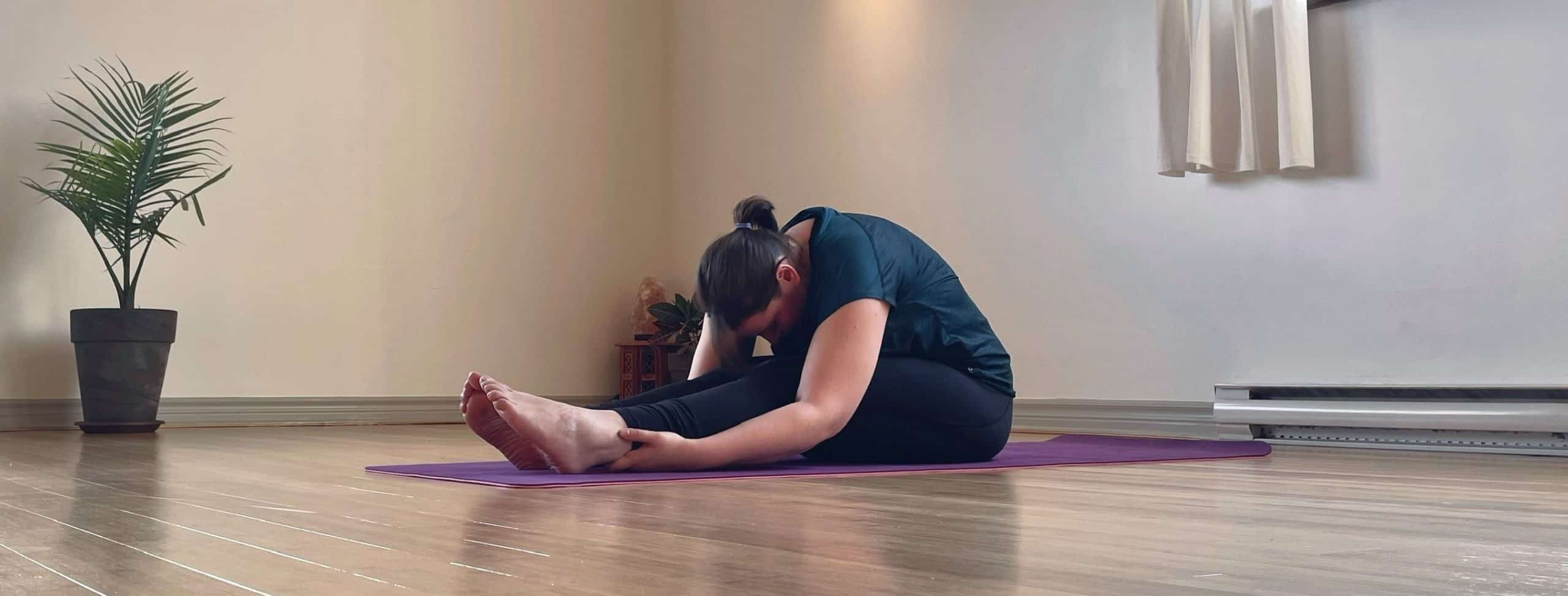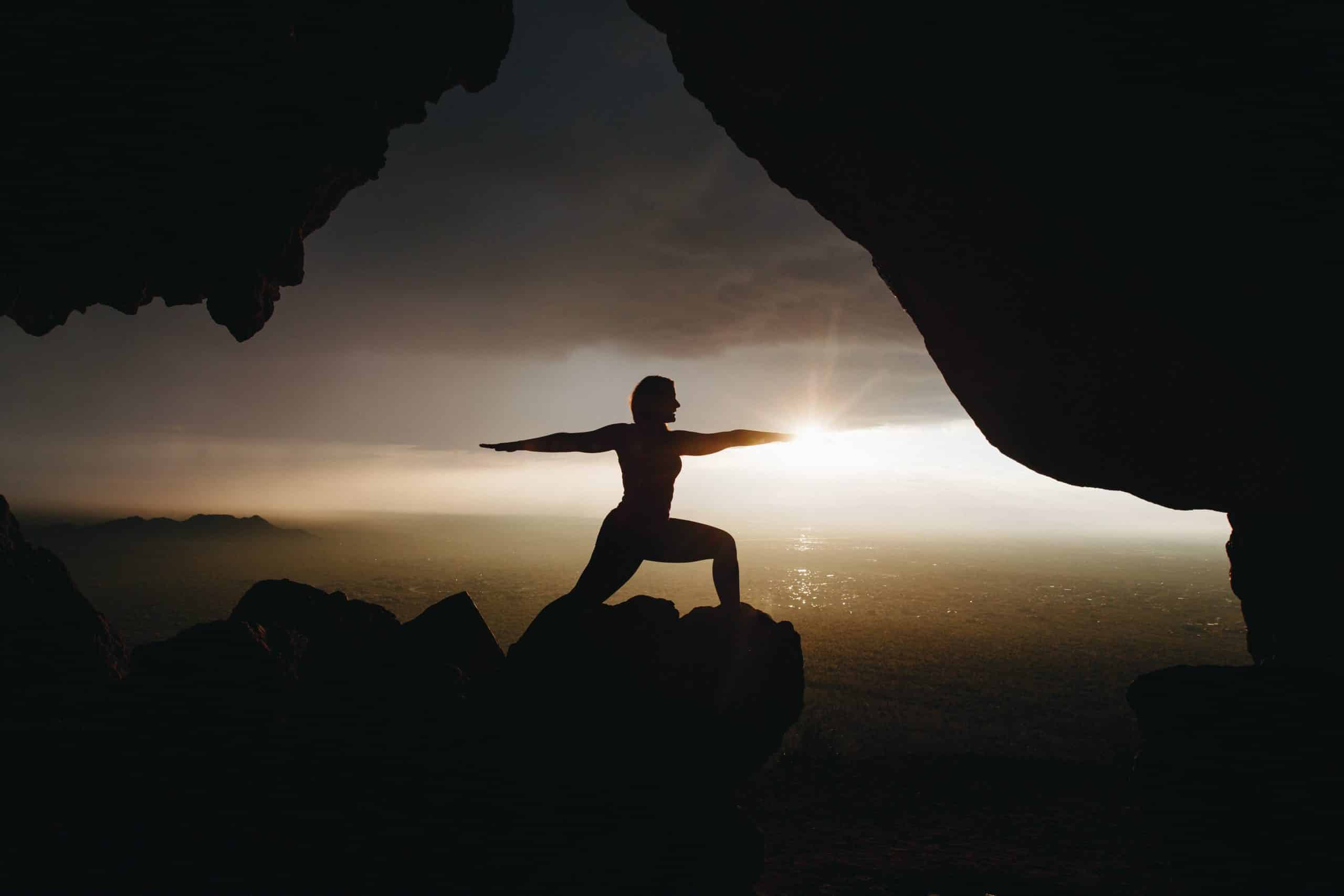The yoga tradition considers the human being as a whole composed of 5 bodies, from the most “gross” to the most “subtle”:
- The physical body
- The energetic body
- The emotional body
- The mental body
- The subtle body
These bodies are interdependent, and each one is related to the one below and above.
THE PHYSICAL BODY
The first one, the physical body, is obviously the one we are most aware of, the one we can act on most easily. It includes bones, muscles, organs, skin, etc.
Far from being disregarded, the yoga tradition pays specific attention to the physical body, which must be prepared, purified, in order to be able to work on the more subtle bodies. Ayurveda, la médecine traditionnelle indienne, constitue une connaissance holistique du corps humain et est très intéressante en complément d’une pratique de Yoga.
KEYS FOR AN EFFECTIVE PRACTICE
Asanas (yoga postures) allow to work directly on the physical body: they help to soften and strengthen it. The asanas must be adapted to the practitioner and not the other way around. The aim is to condition the body in order to be comfortable in deeper practices such as pranyama and meditation. The work on the body is a means and not an end in itself.
Yoga proposes several asanas and series of postures which allow to cure certain pathologies and to support a healing.
Suryashtanga
The series of postures of Suryashtanga was designed to provide the necessary and sufficient physical condition to introduce the subsequent practices of pranayama and meditation. The order of the postures, the alignments (biomechanical and energetic) are based on traditional teachings and its essence.
Several variations of postures exist to adapt to all physical conditions: do not hesitate to ask your teacher for advice.




